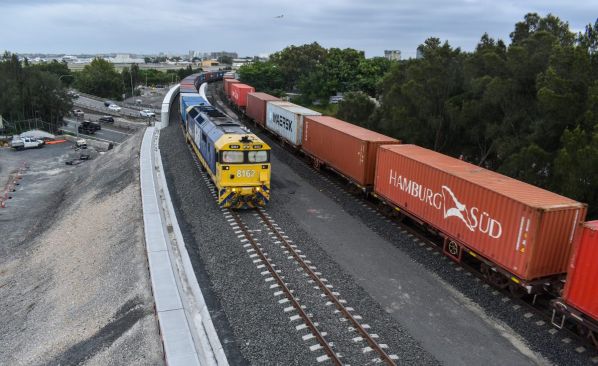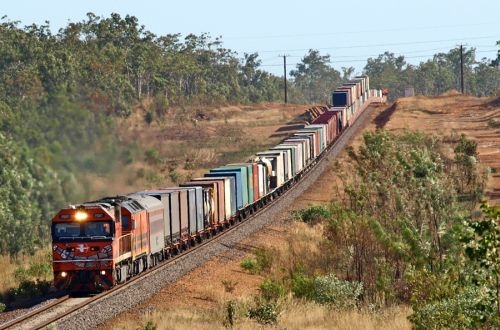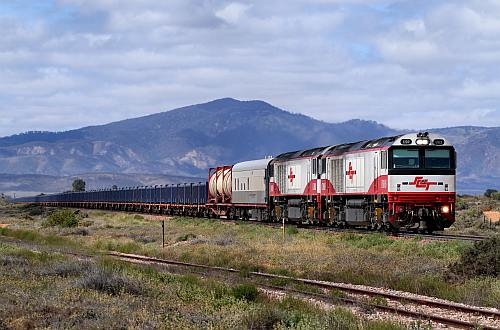WABTEC has been awarded a contract by Australian Rail Track Corporation (ARTC) to develop an interoperability standard that will enable trains equipped with ARTC’s Advanced Train Management System (ATMS) to operate on lines with ETCS Level 2 signalling.
Wabtec and ATRC will work with stakeholders to outline the operations concept and define the standards for the interoperability solution, with the manufacturer supplying the necessary software, systems and services.
ARTC is the infrastructure manager for 8500km of inter-state lines primarily used by freight trains in New South Wales (NSW), Queensland, South Australia, Victoria and Western Australia.
ATMS is a communications-based train control system that uses GPS and public mobile communications networks. It is currently being rolled out across the ARTC network under a staged programme.
ETCS Level 2 is being installed on the NSW state network to replace lineside signals, under Transport for New South Wales’ (TfNSW) Digital Systems Programme.
TfNSW separately appointed Systra to develop technical options and select a preferred solution enabling trains equipped with ATMS to operate on lines in the Sydney area under ETCS Level 2. This involved working with ARTC and other stakeholders.
“ARTC recognises the complex challenge of solving interoperability, and we are pursuing multiple pathways to find a feasible solution that will help to make rail safer and more competitive across Australia,” says ARTC CEO and managing director, Mr Wayne Johnson.
“The Australian government recognises the importance of rail interoperability as a priority, and we will continue to work with government and other key stakeholders to deliver systems and software solutions that enhance the nation’s rail system.”
“This project will be a key building block that enables ARTC to transform Australia’s rail freight network,” says Mr Nalin Jain, president of digital intelligence at Wabtec.
“Furthermore, the system’s interoperability provides the option of integrating with locomotive digital solutions like the energy management and scheduling optimisation technologies that Australian railways use in their operations.”
For detailed data on Australian rail infrastructure projects, subscribe to IRJ Pro.




